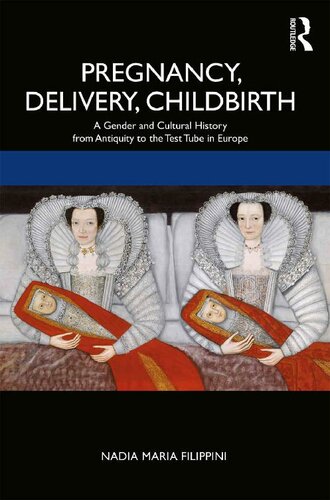

Most ebook files are in PDF format, so you can easily read them using various software such as Foxit Reader or directly on the Google Chrome browser.
Some ebook files are released by publishers in other formats such as .awz, .mobi, .epub, .fb2, etc. You may need to install specific software to read these formats on mobile/PC, such as Calibre.
Please read the tutorial at this link: https://ebookbell.com/faq
We offer FREE conversion to the popular formats you request; however, this may take some time. Therefore, right after payment, please email us, and we will try to provide the service as quickly as possible.
For some exceptional file formats or broken links (if any), please refrain from opening any disputes. Instead, email us first, and we will try to assist within a maximum of 6 hours.
EbookBell Team

4.3
28 reviewsThis book reconstructs the history of conception, pregnancy and childbirth in Europe from antiquity to the 20th century, focusing on its most significant turning points: the emergence of a medical-scientific approach to delivery in Ancient Greece, the impact of Christianity, the establishment of the man-midwife in the 18th century, the medicalisation of childbirth, the emergence of a new representation of the foetus as "unborn citizen", and, finally, the revolution of reproductive technologies.
The book explores a history that, far from being linear, progressive or homogeneous, is characterised by significant continuities as well as transformations. The ways in which a woman gives birth and lives her pregnancy and the postpartum period are the result of a complex series of factors. The book therefore places these events in their wider cultural, social and religious contexts, which influenced the forms taken by rituals and therapeutic practices, religious and civil prescriptions and the regulation of the female body.
The investigation of this complex experience represents a crucial contribution to cultural, social and gender history, as well as an indispensable tool for understanding today’s reality. It will be of great use to undergraduates studying the history of childbirth, the history of medicine, the history of the body, as well as women's and gender history more broadly.